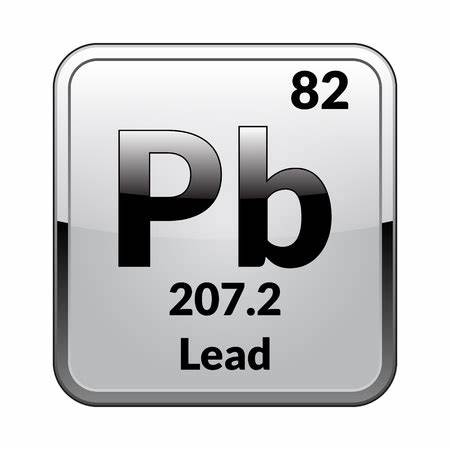Lead
Lead is a chemical element with the symbol Pb and atomic number 82. It is a heavy metal that is denser than most common materials. Lead is soft and malleable, and also has a relatively low melting point. It is highly corrosion-resistant and a poor conductor of electricity. Lead is still used in some commercial products made or imported into the United States. However, exposure to lead can cause health problems.
